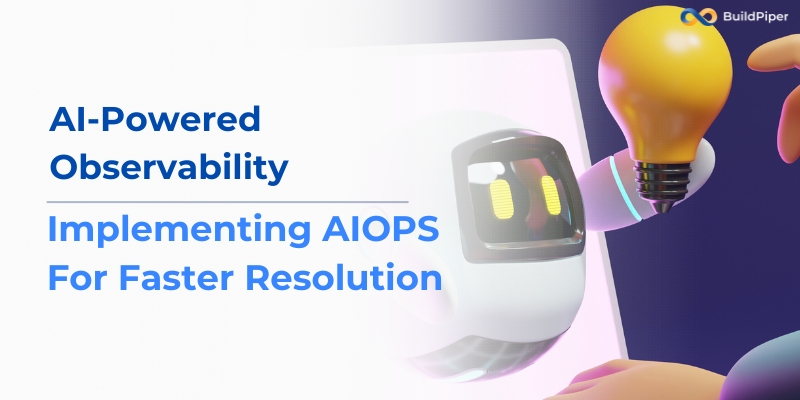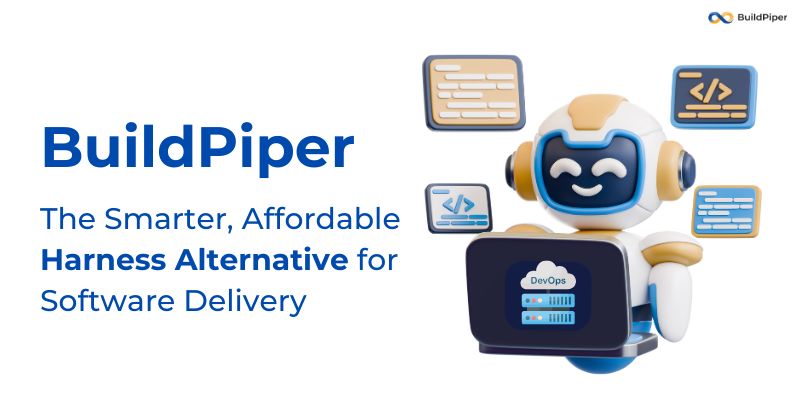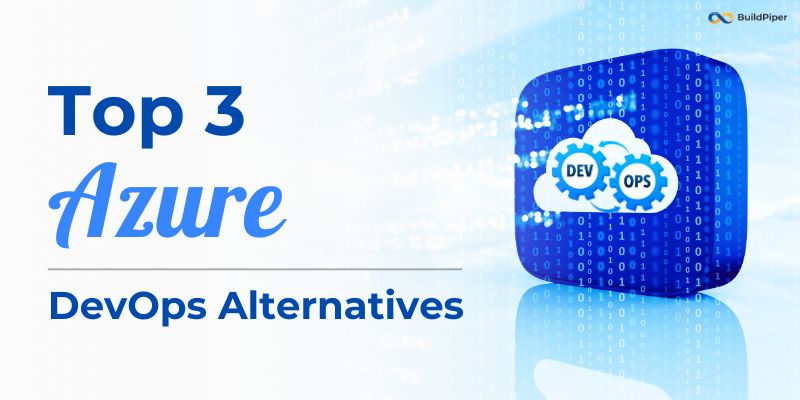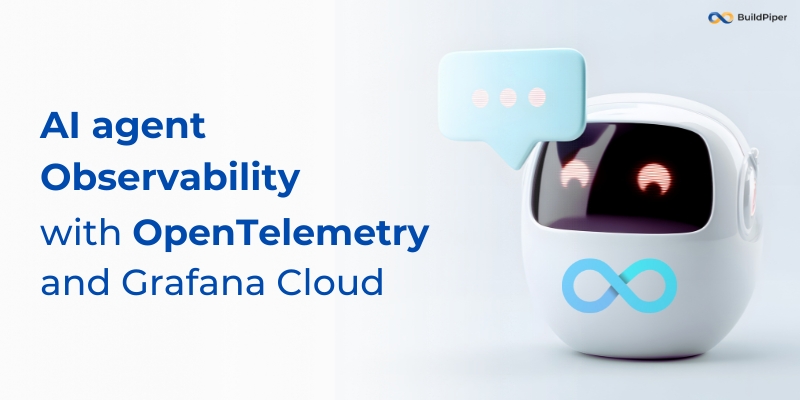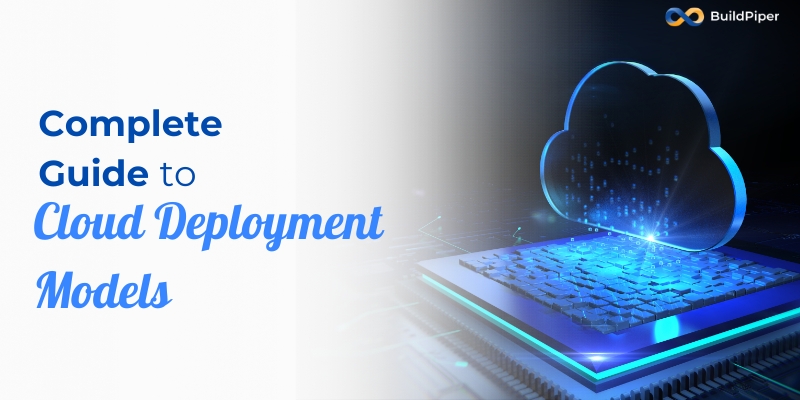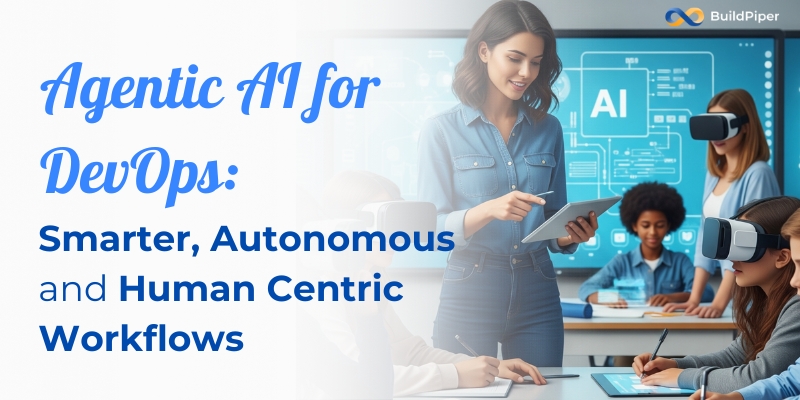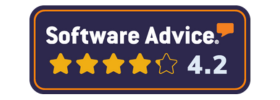Is Your Observability Strategy Stuck in the Dark Ages? AIOps Can Change That!
You’ve got monitoring tools, dashboards, and alerts, so why do outages still feel like fire drills? The truth is, traditional observability isn’t enough anymore. With systems growing more complex, teams drowning in false alerts, and customers expecting zero downtime, you need more than just visibility, you need intelligent action.
This is where AI-powered observability and AIOps implementation comes into play. Imagine your system not just flagging issues but predicting them, auto-remediating known problems, and guiding your team to the root cause before users even notice, and yeah that’s the reality in today’s orbit. Leading enterprises are already doing it, cutting resolution times by up to 90%.
So, how do you bridge the gap between reactive chaos and proactive precision? Let’s break it down.
The Growing Need for AI in Observability
Observability – the ability to understand a system’s internal state by analyzing its outputs has become a cornerstone of modern IT operations. However, as systems grow more complex, traditional monitoring solutions fall short in three key areas:
- Volume of Data – Cloud-native systems generate terabytes of telemetry data daily, making manual analysis impractical.
- Alert Fatigue – Teams are bombarded with thousands of alerts, many of which are false positives or low-priority.
- Dynamic Environments – Containers, Kubernetes, and serverless functions change state rapidly, making static thresholds ineffective.
Observability with AI addresses these challenges by leveraging machine learning (ML) and artificial intelligence (AI) to:
- Automatically detect anomalies
- Correlate alerts into meaningful incidents
- Predict issues before they impact users
How AIOps improves root cause analysis in cloud-native systems
One of the most powerful applications of AIOps is improving root cause analysis (RCA). In traditional setups, engineers spend hours sifting through logs and dashboards to pinpoint failures. AIOps accelerates this process by:
1. Topology-Aware Incident Correlation
AIOps platforms map dependencies across services, infrastructure, and applications. When an anomaly is detected, the system analyzes the entire topology to identify the most likely root cause rather than treating each alert in isolation.
2. Pattern Recognition in Historical Data
By analyzing past incidents, AI models learn recurring failure patterns. For example, if a database latency spike consistently precedes an application timeout, AIOps flags the database as the probable culprit which reduces mean time to resolution (MTTR).
3. Automated Log and Trace Analysis
Instead of manually parsing logs, AI-driven tools use natural language processing (NLP) to extract meaningful signals. For instance, an AI model can detect that a “connection timeout” error in multiple services traces back to a misconfigured API gateway.
4. Real-Time Causality Graphs
AIOps tools construct real-time dependency graphs, visually highlighting how an issue propagates across services. This is invaluable in microservices architectures where a single failure can cascade unpredictably.
Proactive Monitoring: From Reactive Alerts to Predictive Insights
Using AI for proactive monitoring and alert correlation shifts IT operations from a “break-fix” model to a preventive one. Key capabilities include:
1. Anomaly Detection Beyond Static Thresholds
Instead of setting rigid thresholds (e.g., “CPU > 90%”), AI models learn normal behavior patterns. If a system deviates from its baseline even within “acceptable” ranges the AI flags it for investigation.
2. Predictive Failure Prevention
By analyzing trends (e.g., memory leaks, disk wear-out), AIOps can predict failures before they occur. For example, if a storage node shows gradual latency increases, the system can trigger automated remediation or notify engineers preemptively.
3. Noise Reduction and Intelligent Alerting
AIOps reduces alert fatigue by:
- Suppressing duplicate alerts
- Grouping related incidents
- Prioritizing alerts based on business impact
For instance, a sudden spike in 5xx errors from a payment service would be escalated immediately, while a non-critical background job failure might be logged for later review.
Implementing AIOps: Key Considerations for Enterprises
While the benefits of AIOps are clear, successful AIOps implementation requires careful planning. Here’s how enterprises can approach it:
1. Start with High-Impact Use Cases
Focus on areas where AIOps delivers immediate ROI, such as:
- Reducing MTTR for critical applications
- Automating incident triage in DevOps pipelines
- Enhancing cloud cost optimization through anomaly detection
2. Integrate with Existing Observability Tools
AIOps should complement not replace existing monitoring tools like Prometheus, Datadog, or New Relic. Look for platforms that ingest data from multiple sources (logs, metrics, traces) and provide a unified analysis layer.
3. Ensure Explainability and Human Oversight
AI models must provide transparent reasoning for their conclusions. If an AI recommends a root cause, engineers should be able to validate the logic rather than blindly trusting a “black box.”
4. Continuously Train Models with New Data
Cloud environments evolve constantly. AI models must be retrained regularly to adapt to new services, traffic patterns, and failure modes.
Conclusion
AI-powered observability is a necessity for enterprises running complex, cloud-native systems. By implementing AIOps, organizations can move from reactive firefighting to proactive optimization, drastically improving root cause analysis, reducing downtime, and enhancing operational efficiency.
Are you ready to transform your IT operations with AIOps? The future of intelligent observability starts now.
Frequently Asked Questions
1. What is AIOps, and how does it differ from traditional IT monitoring?
A: AIOps (Artificial Intelligence for IT Operations) uses AI and machine learning to automate and enhance IT monitoring, unlike traditional tools that rely on static thresholds and manual analysis. AIOps provides anomaly detection, intelligent alert correlation, and predictive insights for faster issue resolution.
2. How does AIOps improve root cause analysis in cloud-native environments?
A: AIOps analyzes topology, historical incidents, and real-time telemetry to identify patterns and dependencies, pinpointing root causes faster than manual methods. It reduces MTTR by correlating alerts and highlighting the most probable failure sources.
3. Can AIOps reduce alert fatigue for IT teams?
A: Yes. AIOps suppresses duplicate alerts, groups related incidents, and prioritizes them based on business impact, significantly reducing noise and allowing teams to focus on critical issues.
4. What are the key challenges in implementing AIOps?
A: Key challenges include integrating AIOps with existing tools, ensuring model explainability, avoiding “black box” decisions, and continuously training AI models with new data to adapt to evolving environments.
5. Is AIOps suitable only for large enterprises, or can mid-sized businesses benefit too?
A: AIOps benefits businesses of all sizes. Mid-sized companies can start with high-impact use cases (like log analysis or anomaly detection) and scale AIOps adoption as their infrastructure grows. Cloud-based AIOps solutions make it accessible without heavy upfront investments.

